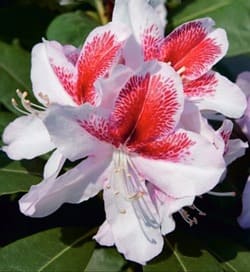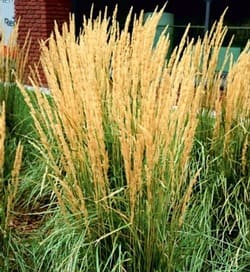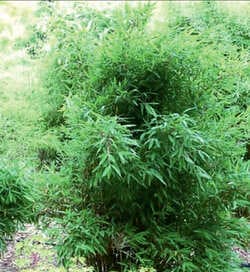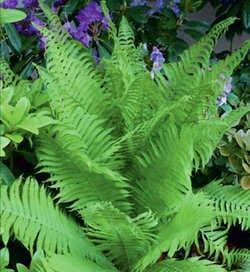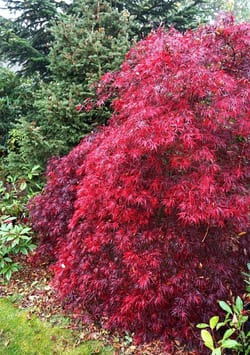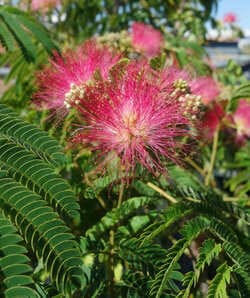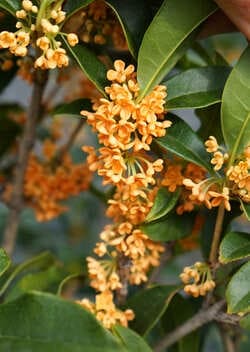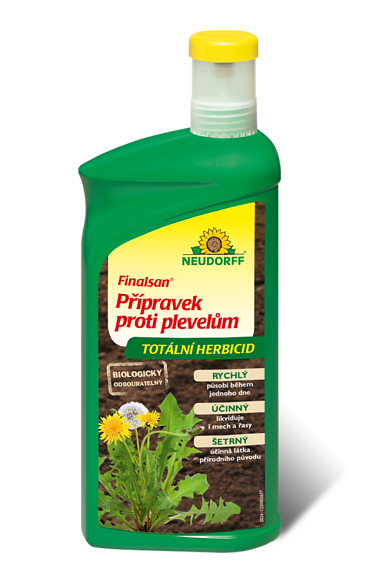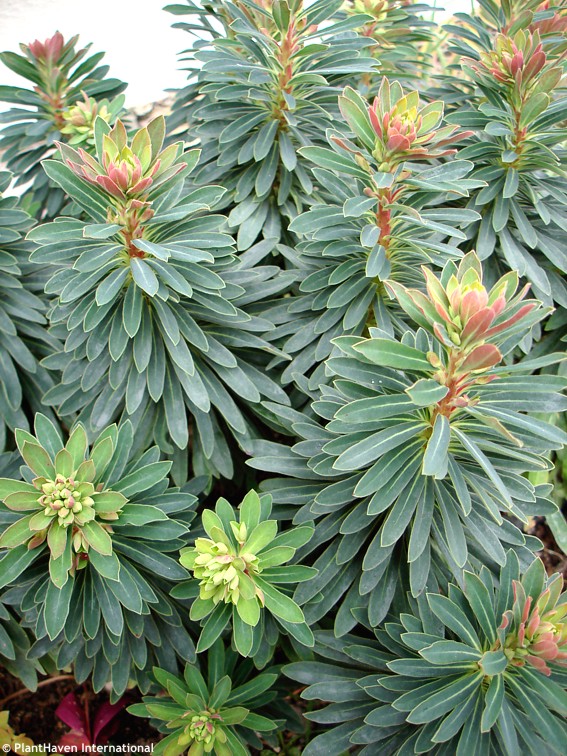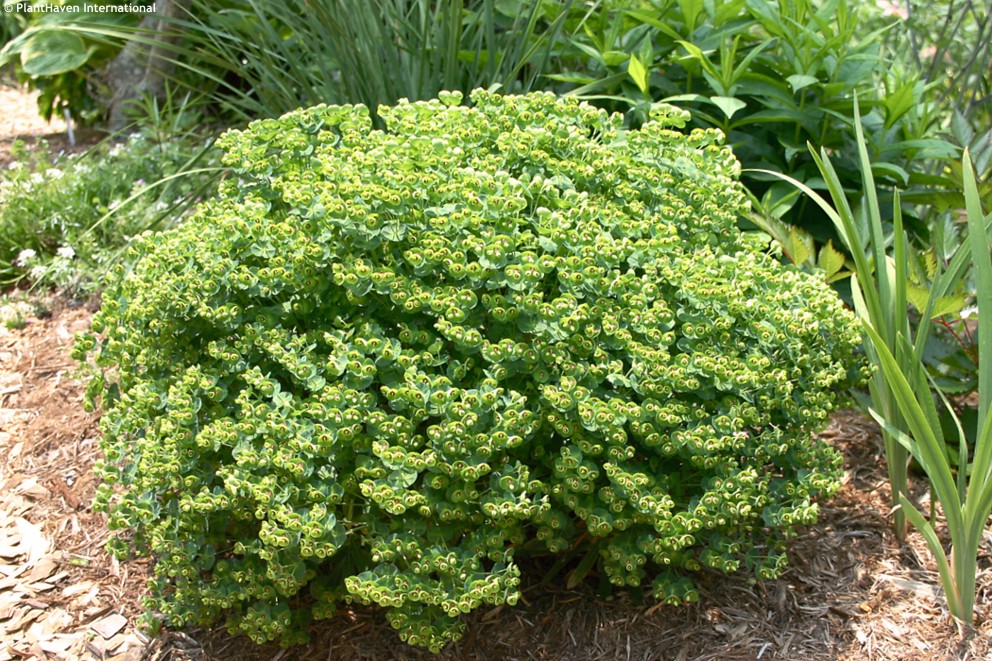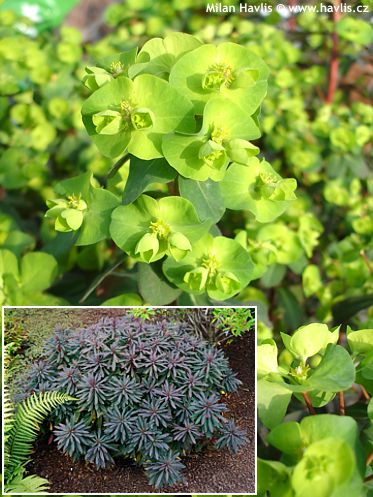Euphorbia x martini 'Waleutiny' TINY TIM® Martin's spurge
Euphorbia
The genus Euphorbia belongs to the spurge family (Euphorbiaceae) and includes more than 2,100 species of herbs, shrubs, and trees, making it one of the largest genera of flowering plants in the world. Individual species can differ so much that you would hardly assign them to the same family. They occur on every continent except Antarctica, with the greatest diversity in tropical and subtropical Africa, Madagascar, and the Americas, though many species also extend into the temperate zones of Europe and Asia. The genus was first described scientifically by Carl Linnaeus in 1753 in his Species Plantarum, naming it in honour of the Greek physician Euphorbus, personal doctor to King Juba II of Numidia (52 BC–23 AD), who used certain spurges in medicine. A hallmark of all spurges is their unusual inflorescence called a cyathium – a miniature cluster of male and female flowers surrounded by showy bracts, which at first glance looks like a single bloom.
Did you know that the poinsettia (Euphorbia pulcherrima) is also a spurge? In Mexico it was already known to the Aztecs under the name Cuetlaxochitl, while they used its red bracts to dye fabrics and to treat fevers back then, today it is a symbol of Christmas around the world. Some spurges even pretend to be cacti. Take Euphorbia trigona, known as the “African milk tree”: its tall, angular, spiny stems could easily fool a layperson into thinking it was a cactus, and in Africa it was planted around homes as a living hedge to ward off evil spirits and thieves. The difference, however, is fundamental: cacti come exclusively from the Americas and their spines are modified leaves, while spurges exude milky sap and their spines are modified branches. Another curious character is Euphorbia milii, native to Madagascar. Truly, it looks like anything but a spurge. In Christian tradition it became the symbol of Christ’s crown of thorns because older plants develop densely spiny, twisted stems. And I must also mention our faithful, low‑maintenance houseplant, the Madagascar jewel (Euphorbia leuconeura), which reliably “weeds” itself by shooting ripe seeds across the room and wherever they land in soil, a new seedling soon appears.
TINY TIM® is semi-woody perennial Martin's spurge found as a natural mutation of euphorbia x martini from December 2000. A sport was found in Alberton in West Sussex, United Kingdom, by Albert T.Crowther. It exhibits much slower growth, small size, and compact, uniform habit. Leaves are narrowly lance-shaped, mid to dark green with blue tones, and new top growths are always dark magenta purple to burgundy red. In warm winters (to about -20°C) they are reliably evergreen.
In late spring and again in midsummer large inflorescences are produced in profusion, and they completely cover the plant. They are composed of small, lime green flowers with red centres. It flowers on previous year's wood so any pruning, if required, has to be done immediately after flowering in summer. All parts of the plant produce milky sap when cut, crushed, or bruised, that is toxic and can cause skin irritation. The plant was patented as PP16930 in 2006.
Spurge will grow in full sun in almost any well-drained garden soil provided it is protected wet conditions, mainly in winter. Its autumn foliage colour improves with the levels of nitrogen in the soil so a small dose of slow-release fertilizer would do the trick in late summer, but is not necessary. It is hardy to min. -24°C (USDA zone 6), possibly a few degrees more.
Last update: 08-11-2018












